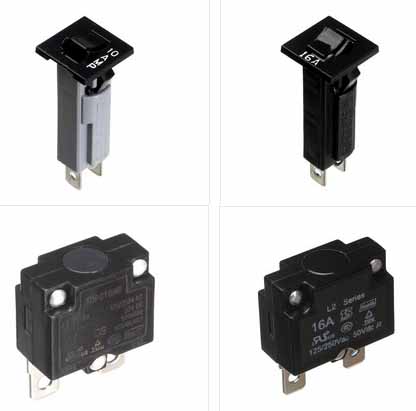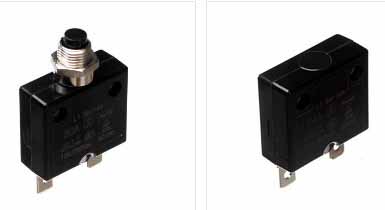Classification and application of current overload protector

Current overload protectors are classified according to different installation methods: they are mainly divided into external and built-in current overload protectors:
1, Introduction of external current overload protector
The external current overload protector is generally installed on the sealed terminal of the refrigeration compressor shell and must be close to the upper cover. Ensure that the temperature abnormality on the refrigeration compressor shell is sensitively sensed;
Because there is a process of conduction and convection from the heat of the motor and transmission to the casing of the compressor, and there is a process of sensing by the load protector, the accuracy and reliability of this method are not particularly good. Therefore, there are more reasons for the large-scale use of external current overload protectors, because their manufacture is relatively simple and the purchase cost is relatively low.
At the same time, the external current overload protector has obvious advantages such as convenient installation and maintenance. Therefore, it is used more in some low-power electrical businesses;
2. Introduction to the built-in current overload protector
The built-in current overload protector is divided into two types: the lashing type and the plug-in type: the lashing type is tied to the motor coil, so as to directly induce the temperature change of the coil. The advantage of this kind of current protector is that the response is very sensitive and accurate; The plug-in current overload protector is that the installation method of the protector is directly plugged into the sealed terminal. The main principle is to sense whether the temperature of the motor is normal through heat conduction. This kind of overload protector has certain limitations, that is, it is very sensitive when the refrigerant does not leak, but if there is a refrigerant leak, this overload protector is useless.
Therefore, in general: the external current overload protector is not as sensitive, accurate and reliable as the built-in type in terms of use effect. But its cost is relatively much lower, so there is a certain market space. But compared to the built-in doorway, the application range is still much smaller. But the cost of the built-in overload protector is several times higher than that of the external type. Therefore, friends can make corresponding choices according to their own conditions and requirements.

How to set the current of the overload protector
It can be adjusted by adjusting the adjusting knob of the setting current.
When the current overload protection switch is used to protect the motor from overload, the thermal element is connected in series with the stator winding of the motor. Connect the normally closed contact of the current overload protection switch in series with the control circuit of the electromagnetic coil of the AC contactor, and adjust the setting current adjustment knob to make the herringbone shift rod and the push rod an appropriate distance.
When the motor is working normally, the current passing through the thermal element is the rated current of the motor. The heating element heats up, and the bimetallic sheet bends after being heated, so that the push rod just touches the herringbone shift lever, but cannot push the herringbone shift lever. The normally closed contact is in the closed state, the AC contactor remains closed, and the motor runs normally.
If the motor is overloaded, the current in the winding will increase, and the temperature of the bimetal will rise higher through the increase of the current in the thermal relay element, the degree of bending will increase, and the herringbone lever will be pushed. The herringbone lever pushes the normally-closed contact, disconnects the contact and disconnects the AC contactor coil circuit, releases the contactor, cuts off the power supply of the motor, and the motor stops and is protected.
Matters needing attention in the use of current overload protector
1. The overload protector of the refrigeration compressor has a completely different protective effect on the refrigeration compressor according to its configuration. On the whole, the sensitivity and accuracy of the built-in overload protector are much higher than those of the external overload protector, so its protective effect on the refrigeration compressor is also much greater;





